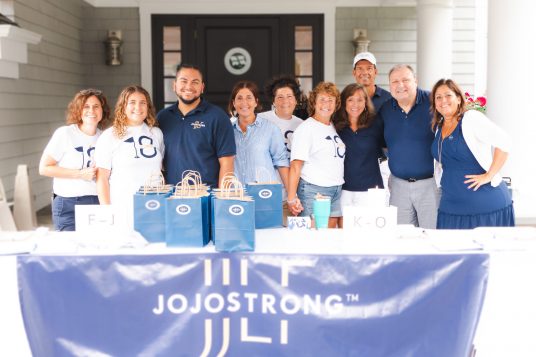Poor choice of word
The word “divisive” in the headline of your article regarding the “In Trump We Trust” banner in Port Jefferson (TBR News Media, Aug. 1) is misleading. It infers that the banner indicates former — and, hopefully, future — President Donald Trump (R) is “divisive.” I’m sure that the papers wouldn’t have used the word “divisive” in the headline had the banner stated the name of the actual divider-in-chief currently occupying the White House.
Art Billadello
East Setauket
Gratitude not complaints
Jen Schaedel’s long, angry letter (“Unjustified dismantlement of West Meadow Beach cottages,” (TBR News Media, Aug. 1) is a classic case of the aphorism, “When you’re used to privilege, equality feels unjust.”
Whether the nearly-free early-1900s waterfront property leases were favors for the politically connected, or just gross municipal malpractice, giving away perpetually renewable rights to valuable public property for private use was always a violation of basic American principles.
Good-faith debates could be had over the proper fate of the buildings. But, the idea that leaseholders deserved to renew the leases forever was always morally indefensible, regardless of how wholesome the community was. So it is shocking to see anyone still defend it, let alone portray themselves as victims.
Rather than complain about public officials reclaiming public property for public use, all the people lucky enough to have been associated with the cottage community over the years should, instead, be quietly grateful for the decades of cheap, exclusive use of land they didn’t own.
John Hover
East Setauket
Brother, can you spare the MTA $15 billion
Port Jefferson Branch LIRR riders should be concerned that MTA Chairman and CEO Janno Lieber said he will take Gov. Kathy Hochul (D) at her word — when she promised to restore the $15 billion she cut from the transit agency’s $51 billion 2020-2024 Five Year Capital Plan due to her pause of congestion pricing — is wishful thinking on his part.
Hochul continues to not provide the financial source for her $15 billion. She has kicked the can down the road until the next state budget is adopted — nine months from now.
In 2019, Gov. Andrew Cuomo (D) and the state Legislature, instead of providing hard cash, gave the MTA congestion pricing. This was supposed to raise $15 billion toward the MTA 2020-2024 capital plan. Albany’s financial watchdog, State Comptroller Tom DiNapoli (D), said nothing. With real cash, virtually all of these state-of-good-repair projects would have already been under way.
Hochul claims she can find additional state and federal funding to make up for the missing $15 billion in congestion pricing. The MTA will receive $1.8 billion in annual formula grants supplemented by competitive discretionary grant program allocations from the Federal Transit Administration in federal fiscal year 2024 (Oct. 1, 2023-Sept. 30, 2024).
Other than these resources, there are no other FTA pots of gold to cover the missing $15 billion previously accounted for from congestion pricing.
Clearly Hochul and her staff, who advise her and ghost write her speeches, have little understanding of how Washington funding for the MTA works. When it comes to MTA financing, Hochul reminds me of the old cartoon character Wimpy. He was fond of saying, “I’ll gladly pay you on Tuesday for a hamburger today” — or in this case $15 billion worth of MTA capital transportation projects tomorrow.
Larry Penner
Great Neck
WRITE TO US … AND KEEP IT LOCAL
We welcome your letters, especially those responding to our local coverage, replying to other letter writers’ comments and speaking mainly to local themes. Letters should be no longer than 400 words and may be edited for length, libel, style, good taste and uncivil language. They will also be published on our website. We do not publish anonymous letters. Please include an address and phone number for confirmation. Email letters to: [email protected] or mail them to TBR News Media, P.O. Box 707, Setauket, NY 11733

































